In today’s digital age, data centers play a critical role in the functioning of businesses and organizations. These facilities house servers, storage devices, and networking equipment that store and process vast amounts of data. As such, ensuring the reliability and availability of data center infrastructure is crucial to prevent system failures and downtime.
One key metric that measures the reliability of data center equipment is Mean Time Between Failures (MTBF). MTBF is a measure of how long a piece of equipment is expected to operate before experiencing a failure. Increasing MTBF can help reduce system failures and improve the overall reliability of a data center. Here are some strategies for increasing data center MTBF and reducing system failures:
1. Regular Maintenance and Inspections: Regular maintenance and inspections of data center equipment are essential to identify potential issues before they escalate into full-blown failures. This includes checking for loose connections, cleaning dust buildup, and replacing worn-out components. Implementing a comprehensive maintenance schedule can help extend the lifespan of equipment and increase MTBF.
2. Implement Redundancy: Redundancy is a key strategy for increasing the reliability of data center equipment. This involves having backup systems in place to take over in case of a failure. Redundant power supplies, cooling systems, and networking equipment can help minimize downtime and prevent system failures. Implementing a failover mechanism can ensure continuous operations even in the event of a failure.
3. Use High-Quality Components: Investing in high-quality components and equipment can significantly increase MTBF and reduce system failures. Cheaper, low-quality components may be more prone to failures and can lead to costly downtime. Opting for reputable brands and reliable manufacturers can help ensure the longevity and reliability of data center equipment.
4. Implement Monitoring and Management Tools: Utilizing monitoring and management tools can help data center operators proactively identify potential issues and prevent system failures. These tools can provide real-time alerts, performance metrics, and predictive analytics to help identify trends and patterns that may indicate an impending failure. Implementing a robust monitoring system can help data center operators take corrective actions before a failure occurs.
5. Regular Testing and Disaster Recovery Planning: Regularly testing data center equipment and disaster recovery plans can help identify weaknesses and vulnerabilities that may lead to system failures. Conducting routine tests, such as load testing and failover testing, can help ensure that backup systems are functioning as intended. Having a well-defined disaster recovery plan in place can help minimize downtime and mitigate the impact of a system failure.
In conclusion, increasing data center MTBF and reducing system failures require a combination of proactive maintenance, redundancy, high-quality components, monitoring tools, and disaster recovery planning. By implementing these strategies, data center operators can improve the reliability and availability of their infrastructure, ultimately minimizing downtime and ensuring seamless operations.


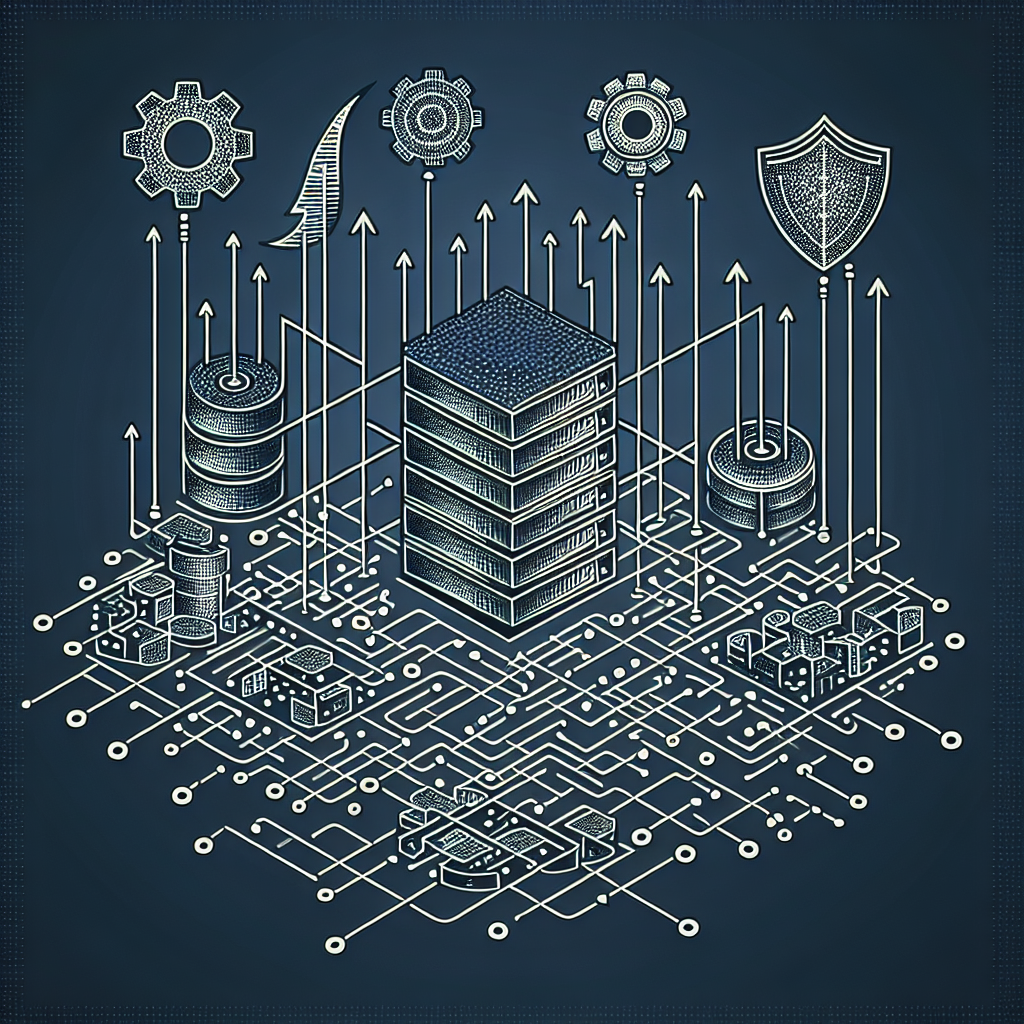

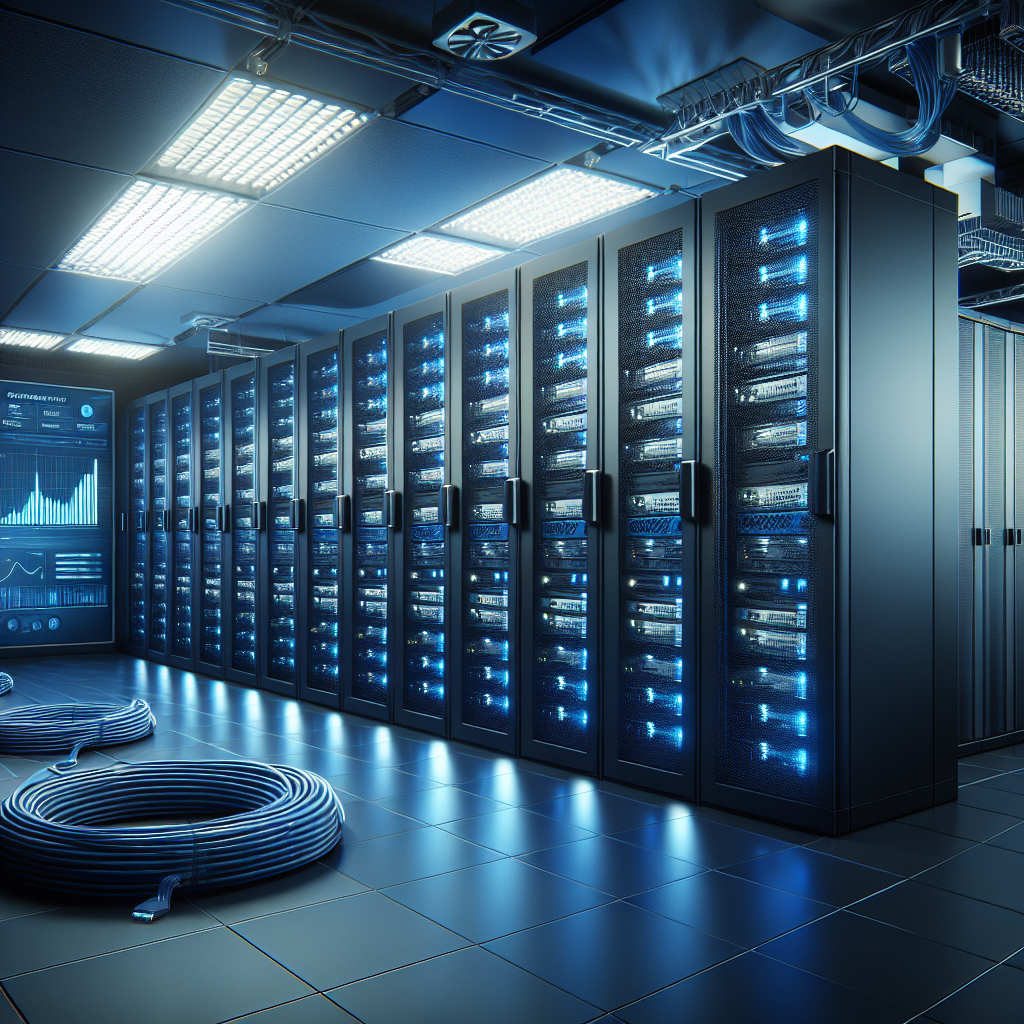
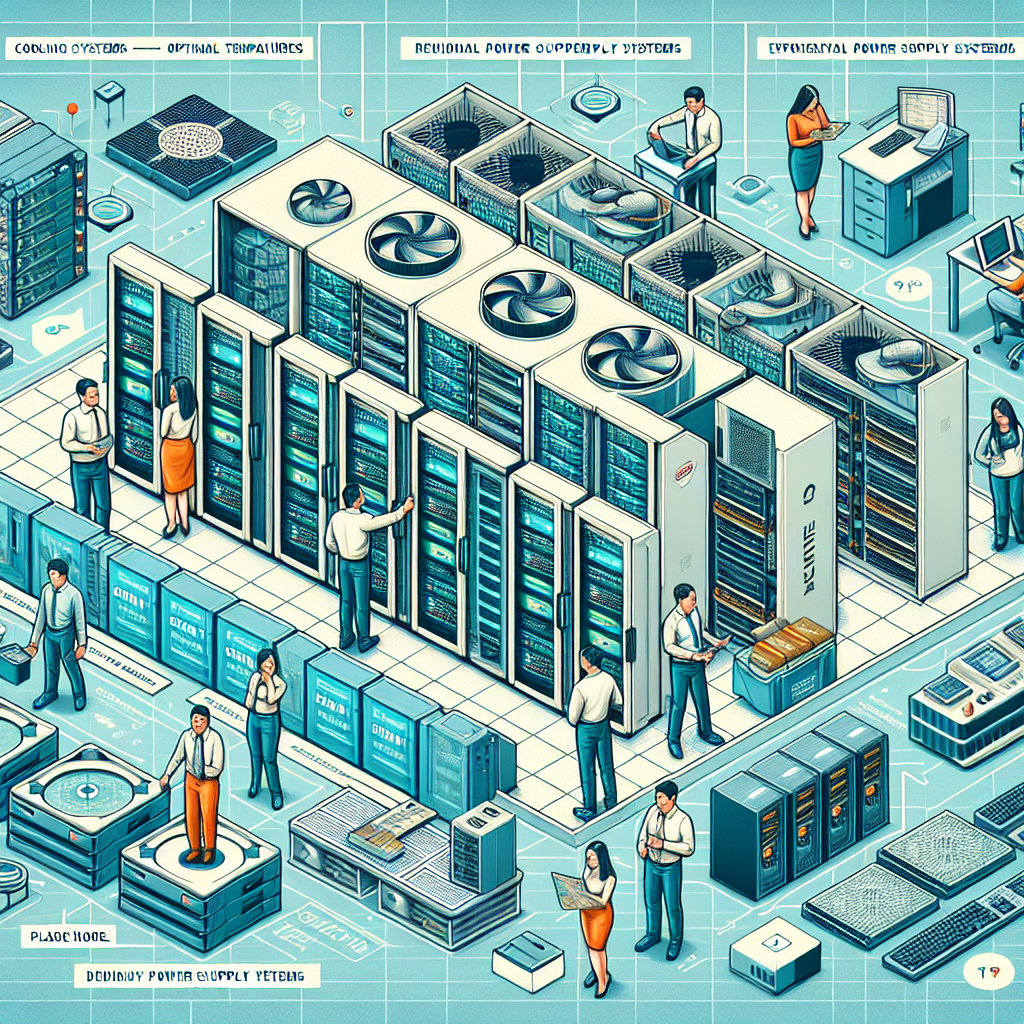

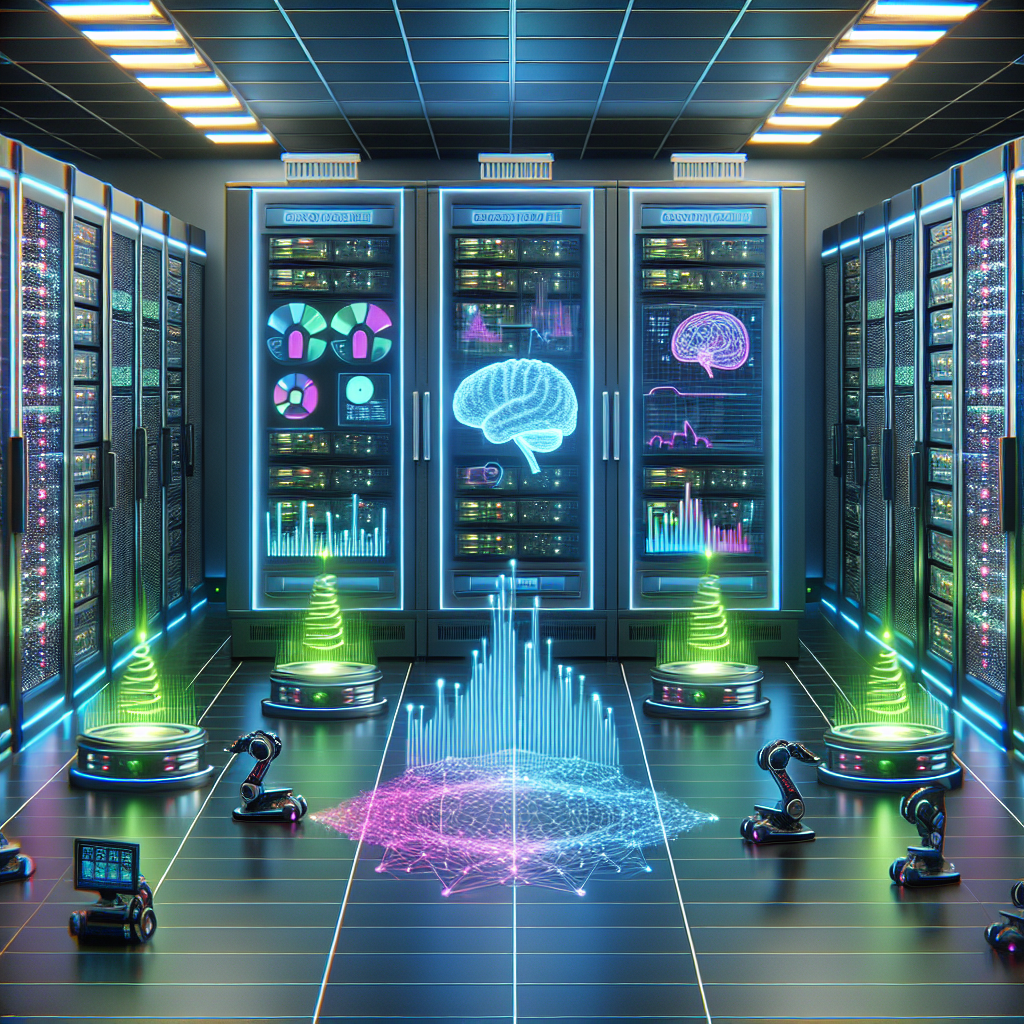
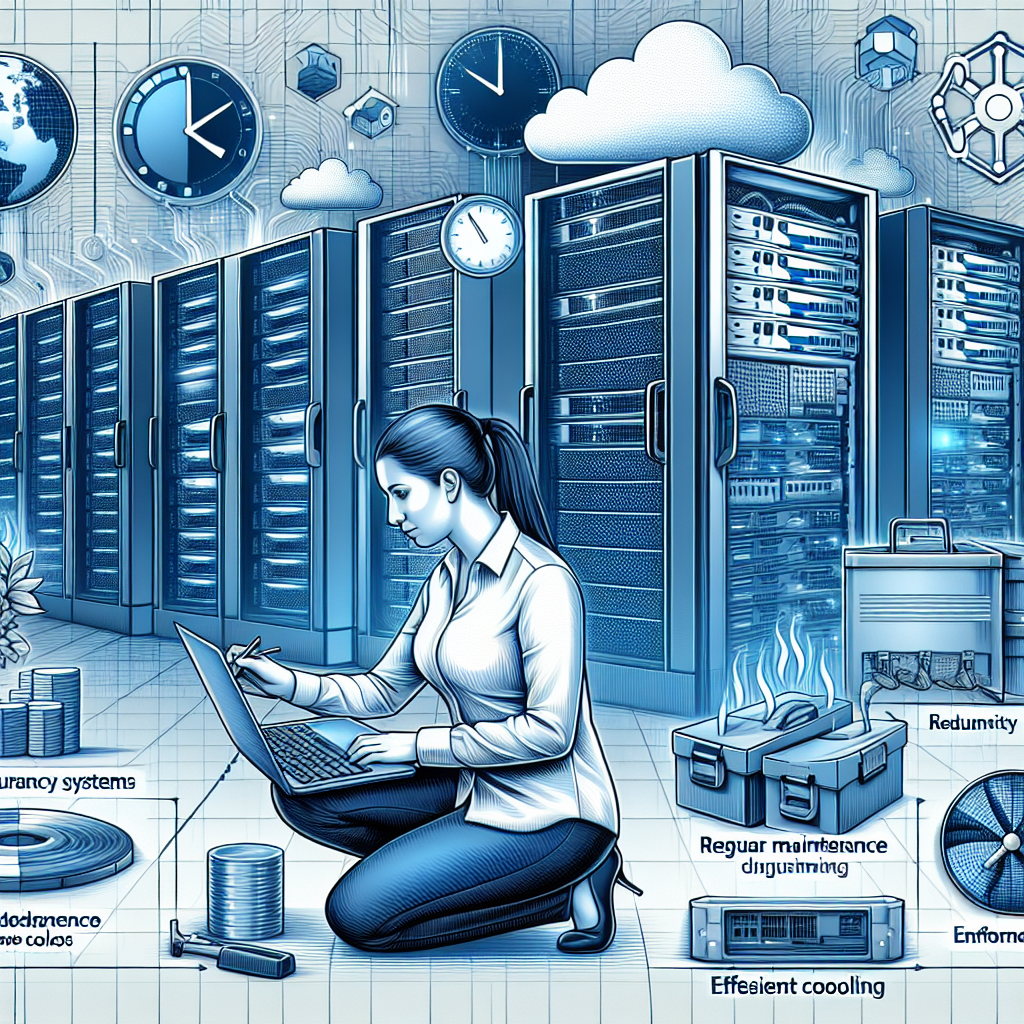

You must be logged in to post a comment.